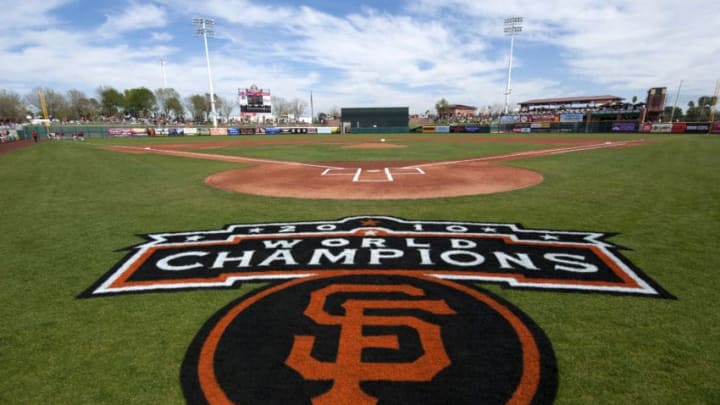
San Francisco Giants: The All-Time Bracket
The Championship
It’s another Mays vs. Mathewson matchup, this one pitting 1954 against 1905.
More from San Francisco Giants
- Stock Up, Stock Down: Mariners, Padres, Giants, Phillies
- Trade deadline: NL West for sale, plus Dodgers, Giants, Diamondbacks wish list
- Grading Zaidi, Putila and the San Francisco Giants front office at the season’s midway point
- MLB: 4 National League teams surprisingly saving their season in June
- Dodgers, Diamondbacks, Giants, Padres, Rockies: NL West June check-in
Game 1: The 1954 team’s .640 regular-season record pales next to the 1905 team’s .686.
Game 2: The 1905 team won 80 percent of its post-season games, but that’s not good enough against 1954’s perfection.
Game 3: With the series even, we turn to OPS+. In 1954 the Mays-led ballclub produced just a 95 OPS+. The 1905 team got to 111.
Game 4: You’d expect Mathewson to give 1905 a decisive pitching edge…but you’d be wrong. His 1905 staff did run up an imposing 124 staff ERA+. But the 1954 staff had a 132 ERA+. This series is even with three games left.
Game 5: The 1954 team had a 52.5 WAR, but that comes up two points short against 1905’s 54.4.
Game 6: In 1954, the champions fielded .975 one point below the league average. The 1905 team fielded .960, and that was six points above the league average.
Result: 1905 in six games
Note: In beating the 1937, 1962 and 1954 Giants, the McGraw-Mathewson 1905 team was never taken to a seventh game, measuring Hall of Famers. For the record, there were four: Matty, McGinnity, catcher Roger Bresnahan, and McGraw who made a few appearances as a player.
The 1954 club rostered three Hall of Famers: Mays, outfielder Monty Irvin, and reliever Hoyt Wilhelm. They also had a Hall of Fame manager in Leo Durocher.
